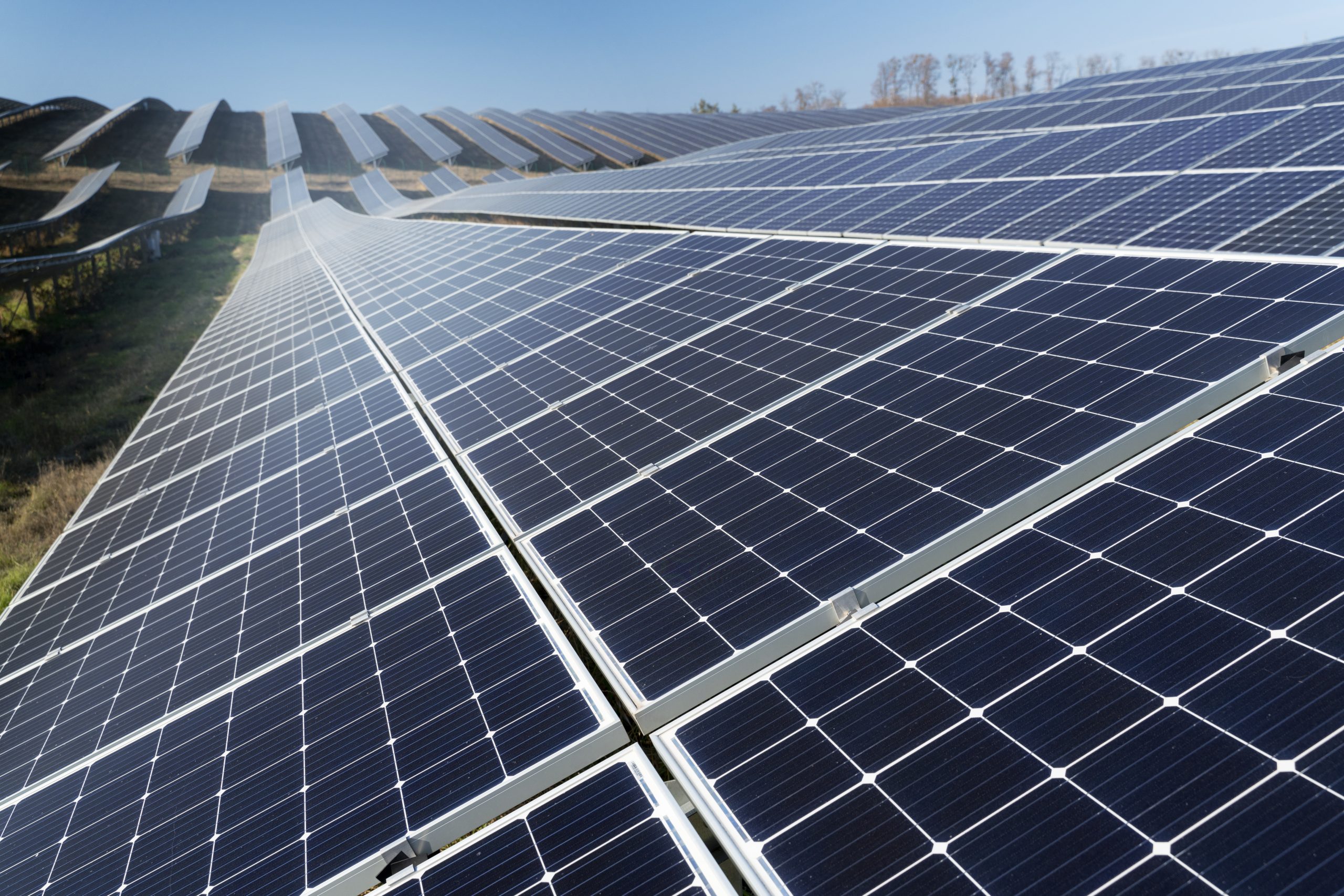Solar Windows: A Comprehensive Guide
Solar windows, also known as transparent photovoltaic (PV) windows or building-integrated photovoltaics (BIPV), are glass panels that not only let in natural light but also generate electricity from sunlight. Using materials like organic semiconductors, perovskites, quantum dots, or thin-film coatings, they capture ultraviolet and infrared light while remaining mostly transparent to visible light
Developed to meet rising energy demands in space-constrained urban environments, solar windows aim to transform building facades and even vehicles into renewable energy sources. They respond to the need for dual-function surfaces that provide lighting, insulation, and clean power—all without requiring extra roof area.
Importance: Why Solar Windows Matter Today
Green Building & Zero-Energy Goals
Cities with limited roof space benefit as vertical surfaces produce energy, aiding net-zero and nearly-zero-energy building ambitions
Enhanced Energy Efficiency & Comfort
Beyond generation, solar windows can reduce HVAC loads. Features like integrated blinds reflect sunlight for shading, increasing energy output while keeping interiors cool
Aesthetic & Functional Integration
Solar windows maintain transparent facades, preserving architectural design while powering buildings—especially attractive for high-rises and heritage renovations.
Broader Urban Applications
Looking ahead, these technologies might expand into transport hubs, vehicles, even signage—ushering in decentralized energy generation

Recent Updates: Trends and Breakthroughs
Record-setting Transparency & Efficiency
A Danish team achieved 12.3% efficiency with semi-transparent perovskite-organic tandem windows having ~30% transparency—matching commercial solar cell performance.The tech reached TRL 5–6, backed by €4 million EU funding.
Blinds-Integrated Bifacial Design
Dutch researchers added bifacial PV strips behind reflective venetian blinds, boosting energy output by ~12–25% by redirecting light with infrared/ultraviolet harvesting
Commercial Pilots in the USA
NEXT Energy Technologies installed organic PV test windows in Los Angeles, and Ubiquitous Energy’s UE Power ™ coatings went live at MSU, Boulder, and other sites
Market Growth & Tech Advances
Manufacturers launched transparent solar windows for high-rise facades. Thin-film and perovskite tech are gaining momentum, promising scalable deployment
Laws & Policies Influencing Solar Windows
Energy-Efficient Building Regulations (EU)
EU requires nearly zero-energy buildings by 2020s. Solar windows support compliance with these directives and align with decarbonization goals
R&D & Deployment Funding
EU funded CitySolar (~€4 million) to boost tech readiness; Netherlands and Germany research projects support integration into smart buildings
US and State Incentives
Under the US Inflation Reduction Act (2023), residential and commercial solar upgrades qualify for a 30% Investment Tax Credit through.California grants (e.g. slot-die process scaling) also advanced NEXT Energy’s production capabilities
Building Codes and Certifications
As solar windows move to commercial use, they fall under building and energy efficiency codes like LEED and Passive House standards. Smart glazing must meet fire, safety, and insulation requirements.
Tools & Resources
Online Platforms & Calculators
UE Power™ (Ubiquitous Energy): real-world energy output estimates for transparent coatings
Thin‑film/PV calculators: for building-integrated solar energy yield estimation.
BIPV design software (e.g. PV*Sol, Autodesk Insight).
Research & Technical Papers
Teesside University’s BICPV glazing research—up to 17.9% efficiency using holographic concentrators
Quantum-dot luminescent concentrator glazing offering energy + visible-light communication
Thermochromic VO₂ coatings for smart insulation glazing
Industry Projects & Pilots
CitySolar (Denmark): transparent perovskite-organic tandem pilot.
CoSoWin (Germany): quantum-dot windows in real-world testing
NEXT Energy Technologies and Ubiquitous Energy commercial demos in USA .
Standards & Regulations
EU nearly zero-energy building codes.
US IRA Investment Tax Credit guidelines.
Certifications: UL, ISO for glazing and PV integration.
FAQs
Q: How efficient are solar windows compared to roof panels?
A: Current transparent windows deliver ~10–12% efficiency, with top lab results reaching ~20%.Though lower than rooftop panels (~20–25%), they utilize much larger facade areas, especially in high-rise buildings.
Q: Are solar windows commercially available now?
A: Pilots exist—NEXT Energy in LA, Ubiquitous Energy at MSU/Boulder—while commercial scale‑up is expected by 2025 with partnerships (e.g., Andersen)
Q: Can solar windows replace roof-mounted panels entirely?
A: Not yet. They produce less per area, but are ideal to supplement rooftop systems in urban/vertical installations. Combined use can offset energy consumption more effectively.
Q: Do solar windows transmit visible light?
A: Yes. Many maintain ~60–70% visible light transmission, relying on UV/IR absorption for power—so daylight quality is preserved .
Q: What is the lifespan and cost outlook?
A: Expected lifespan is 20–30 years, similar to windows . Costs currently exceed traditional windows and panels (up to 5–10× per m²), but production advances aim to reduce this over time .
Conclusion
Solar windows represent a promising convergence of renewable energy and sustainable architecture. While less efficient than roof panels, they offer distinct benefits—integrated design, daylighting, vertical surface utilization, and improved comfort. Recent innovations—from perovskite tandem technologies and bifacial blinds to quantum-dot concentrators—are driving the field past pilot phases. Legislative incentives, green building mandates, and ongoing research funding (especially in Europe and North America) further support their adoption.
As costs decline and efficiency rises, solar windows could play a vital role in energy-neutral buildings, smart cities, and urban sustainability. They won’t replace rooftop panels entirely but will complement them—turning windows into power generators while illuminating our future.